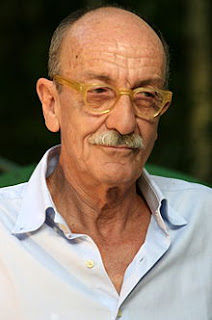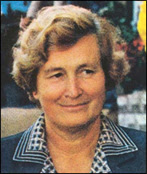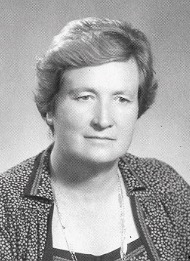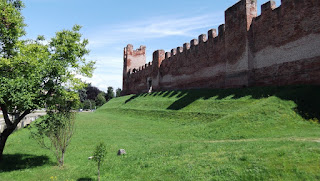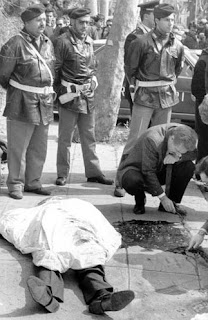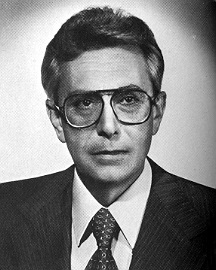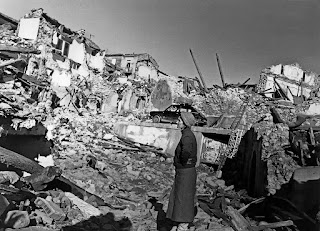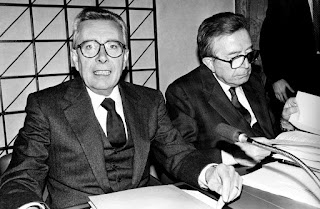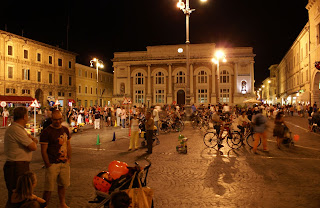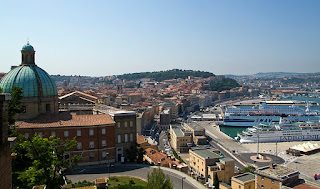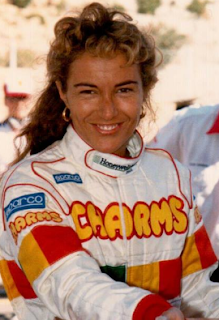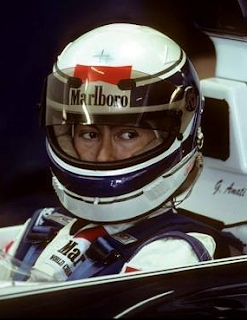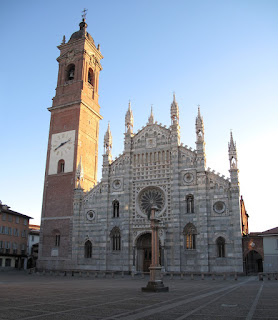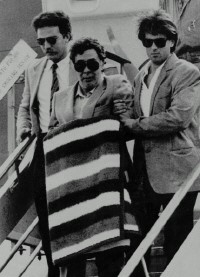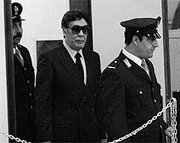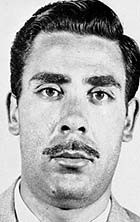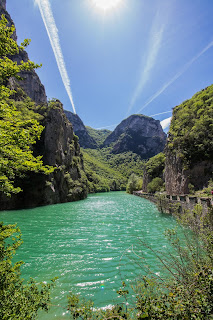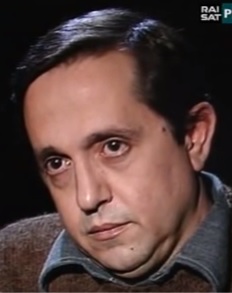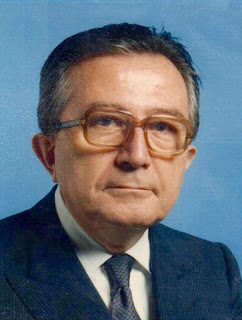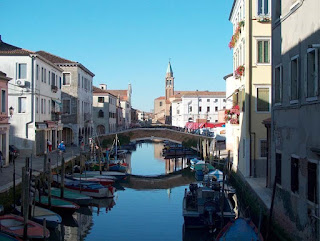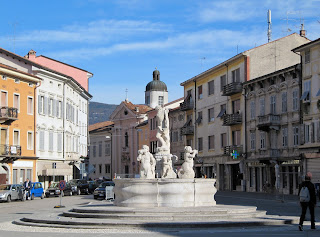Ex-prime minister found guilty of conspiracy to murder
Giulio Andreotti, who was Italy’s prime minister on seven occasions and an almost permanent presence in Italian governments from 1947 until 1992, was handed a 24-year prison sentence on this day in 2002 when a court in Perugia found him guilty of ordering the killing of a journalist.
Giulio Andreotti in 1979, the
year of his alleged crime
The verdict was greeted with shock and consternation across Italy given that Andreotti, by then 83 years old, had been acquitted of the charge in the same courtroom three years earlier.
The appeal by prosecutors against that acquittal had not been expected to succeed and, in contrast to the original trial, the hearing attracted only modest media interest, with only a handful of reporters present when Andreotti’s fate was announced, at the end of a six-month process.
This time the court ruled that Andreotti had, in fact, conspired with associates in the Mafia to murder journalist Carmine ‘Mino’ Pecorelli, the editor of Osservatore Politico, a weekly political magazine in Rome, who was shot dead on a street in the capital in 1979.
The charge had been based on the evidence of Tommaso Buscetta, the Mafia pentito - or supergrass - who had been the key figure in the so-called Maxi Trial a decade earlier in Palermo, which resulted in convictions for more than 300 mafiosi.
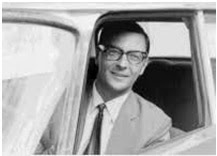 |
| Carmine 'Mino' Pecorelli, the political journalist Andreotti was accused of having killed |
The Perugia court also sentenced the Mafia boss Gaetano Badalamenti, then in prison in the United States over his role in the drug trafficking racket known as the Pizza Connection, to 24 years for involvement in the murder, but confirmed the acquittal of four other suspects.
The conviction of Andreotti sparked outrage among his political allies, who called for the overhaul of the justice system on the grounds that the magistrates responsible for investigating alleged crimes involving prominent figures such as Andreotti had become too politicised.
Silvio Berlusconi, who was prime minister at the time of the verdict despite himself being under investigation for alleged corruption, denounced the ruling as a political one by judges who "have tried to change the course of democratic politics and to rewrite the history of Italy."
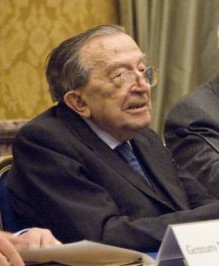 |
| Andreotti pictured in 2008, towards the end of his career |
In the event, after a fashion, there was. The sentence was thrown out by the Italian Supreme Court after a final appeal hearing in 2003.
Nonetheless, Andreotti’s former glories has faded considerably by the time his political career ended.
A long-running investigation into Andreotti's suspected links with the Mafia ended with no sentence handed down after a court in Palermo decided that, since no links could be proved after 1980, too much time had elapsed for Andreotti to be prosecuted.
And his Christian Democratic Party, whose dominance of Italian politics had run parallel with his, collapsed in 1994 after the mani pulite - clean hands - bribery investigations exposed extraordinary levels of corruption and forced the country into a political reset.
Andreotti died in Rome in 2013 at the age of 94.
Travel tip:
The Palazzo Chigi in Rome is the official
residence of prime ministers of Italy
During the six and a half years in total that Giulio Andreotti was Italy's prime minister, his official residence was the Palazzo Chigi in Piazza Colonna, a square just off Via del Corso, about equidistant from the Trevi Fountain and the Pantheon. Originally built in 1580 for the Aldobrandini family - Ippolito Aldobrandini was Pope Clement VIII - it was bought by the Chigi family in 1659. In 1878 it was acquired by the Austro-Hungarian empire to be the residence of their ambassador in Rome before the Italian state took ownership in 1916.
Travel tip:
The Piazza della Repubblica is one of the
main squares in Perugia
Perugia is a city of around 170,000 inhabitants built on a hill in Umbria, of which it is the regional capital. Established in the Etruscan period, it remained an important city, always a target for invading armies because of its strategic value. Nowadays, it is home to some 34,000 students at the University of Perugia and is a notable centre for culture and the arts, hosting the world-renowned Umbria Jazz Festival each July. It also hosts a chocolate festival – Perugia being the home of the Perugina chocolate company, famous for Baci. The artist Pietro Vannucci, commonly known as Perugino, lived in nearby Città della Pieve and was the teacher of Raphael.
Also on this day:
1494: The death of Renaissance philosopher Giovanni Pico della Mirandola
1503: The birth of the Mannerist painter Bronzino
1839: Verdi’s first opera makes its debut
1878: King Umberto I survives assassination attempt
1938: The birth of disgraced tycoon Calisto Tanzi
